Windows are so important when it comes to designing your new home. Not only are they stylistically important, but they impact energy efficiency and affect privacy in your home. The stylistic options are practically endless, but it is also important to consider the structure, frame choices, and protection of your windows.
Below you will find all the choices and considerations you need to decide the best windows for your home.
Types of Windows
There are so many options for windows that choosing the perfect ones can be difficult – especially if you’re not familiar with terminology before you begin deciding. Here are the 14 main types of windows you can choose for your home.
Single-Hung Windows
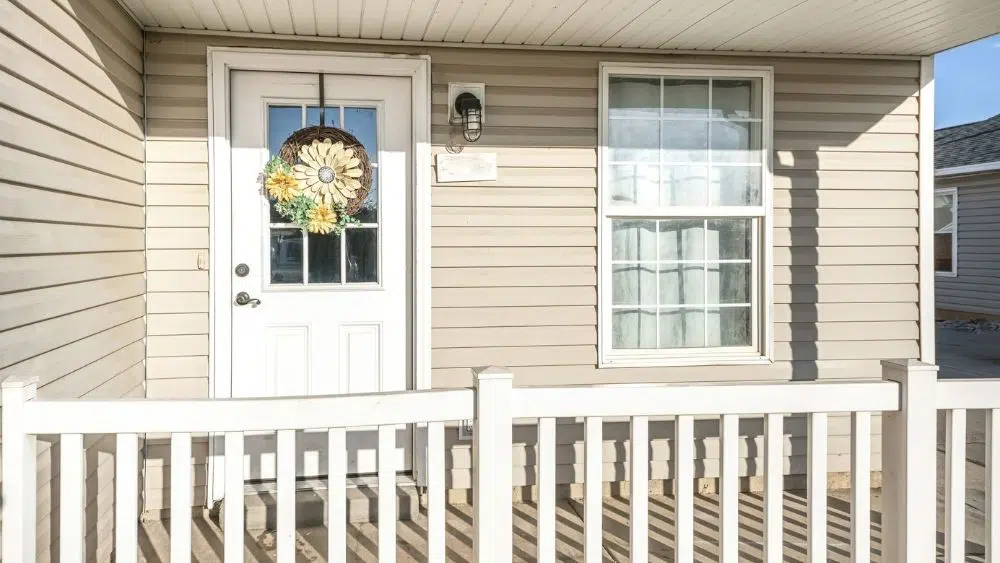
A single hung window is the standard window we’re all used to seeing: It features an upper stationary panel with a lower movable panel for ventilation. Single-hung windows are available in a variety of materials such as wood, fiberglass, and vinyl.
Double-Hung Windows
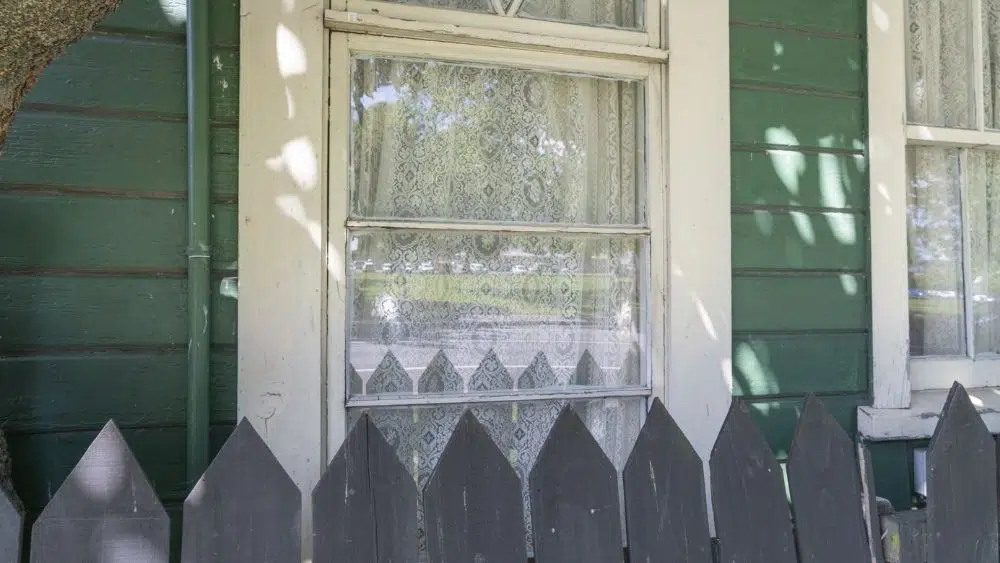
The double-hung window is very similar to the single-hung window, but with one distinction. While the single hung only allows for ventilation through the bottom panel, the double-hung allows for the top and bottom panels to move for ventilation out of the top and bottom. This allows you to let in more air on nice days and give your heating and cooling systems a break.
Picture or Stationary Windows
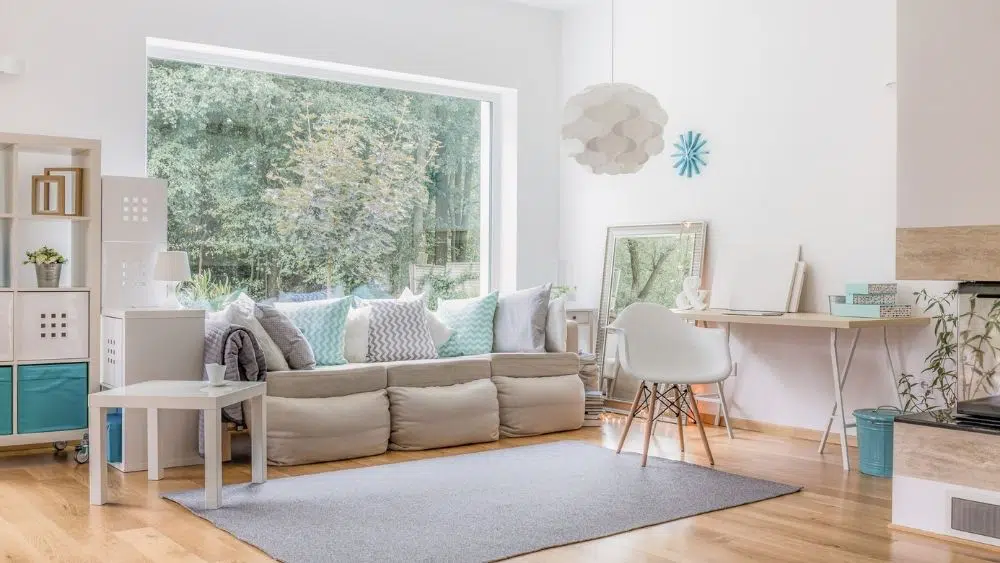
A picture or stationary window is exactly what the name says it is: a simple, large window pane that is fixed in place and does not open. This option is handy if you want a low-maintenance window that will need less cleaning as they remain stationary. They also give you a more open and clear view than other types of windows.
Bay and Bow Windows
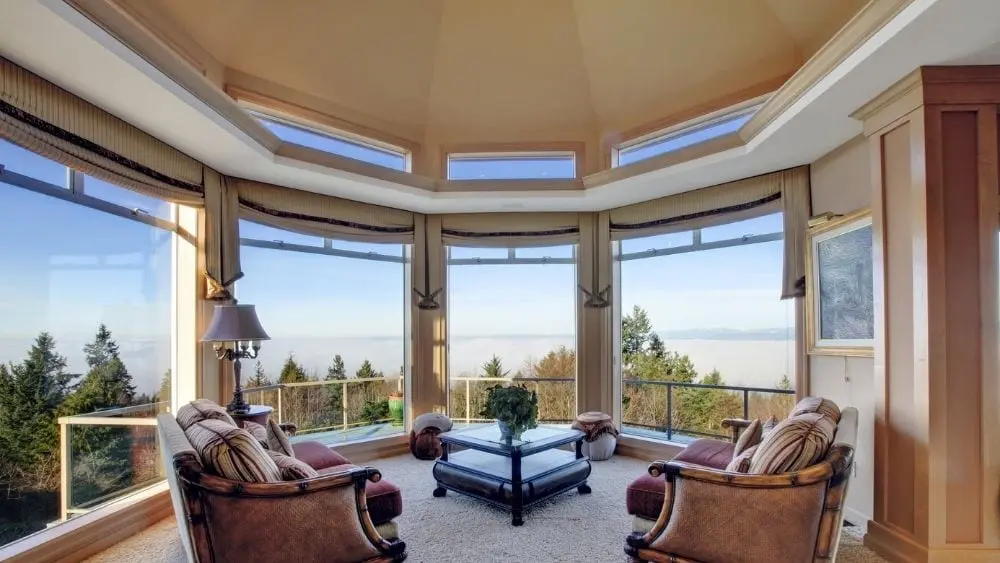
Bay and bow windows are similar: they are both collections of windows. The difference? A bay window is a three-sectioned window with a picture window in the center and a different style of window on both sides. A bow window uses the same style of window in each section and the whole structure is rounded.
Not only are these windows stylistically appealing, they also give you extra space and dimension for the inside of your home. Also, the multiple windows close together allow for more ventilation in spaces that otherwise may not have great ventilation.
Sliding Windows
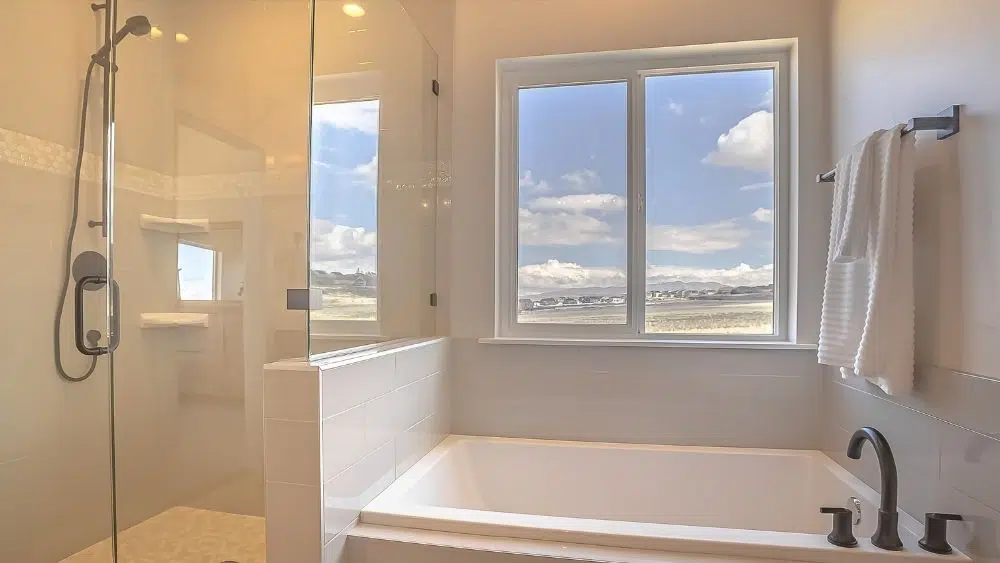
Sliding windows are horizontal with panes that slide back and forth, unlike the traditional up and down of most windows. Sliding windows are often used in walls that back up to great views, to give the best landscape view from inside, or where you might need some extra ventilation.
Awning Windows
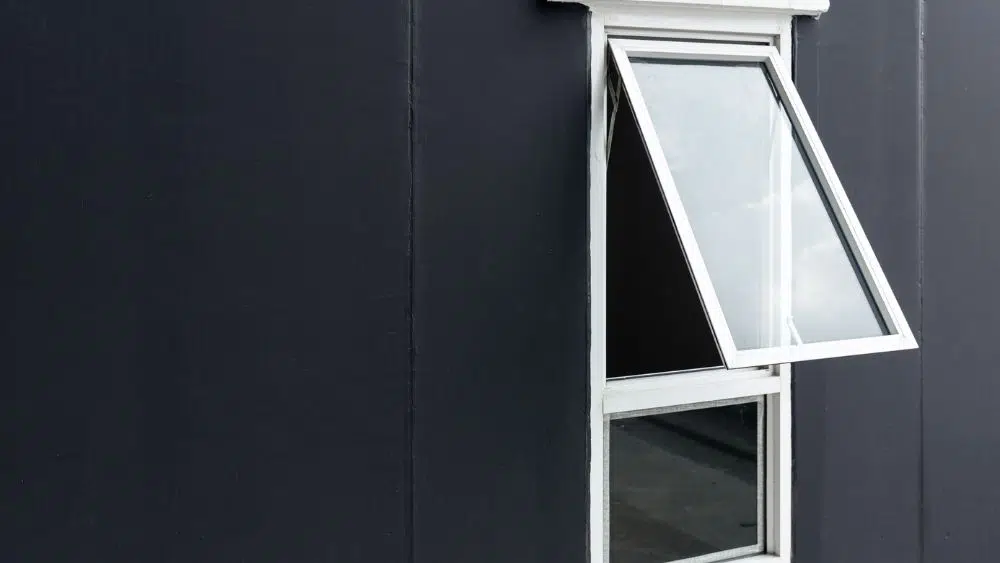
Awning windows are great for places that need extra ventilation and light. Awning windows are hinged at the top and swing out from the bottom. They glide open and shut with the turn of a handle. Awning windows can give you a more modern look without breaking the bank
Casement Windows

Also known as “crank” windows, casement windows are hinged on one side of the window frame and swing outward. They are opened and closed with a crank or level and are often chosen for tall, narrow windows. Casement windows offer more ventilation than any other window type; these are perfect in places where you want to let in the most outside breeze.
Skylight Windows
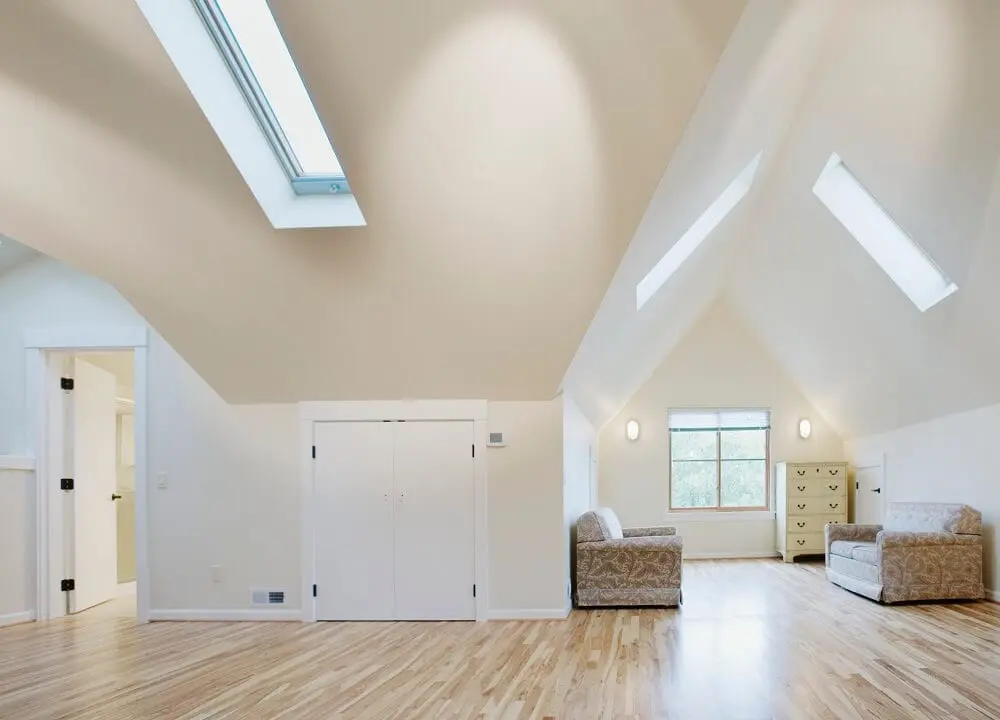
Skylight windows are windows that are built into the roofline instead of in the walls. Installing a skylight is a great option if you are building close to neighbors and want more natural light without sacrificing privacy, or just as a way to flood a room with light.
Pass-Through Windows
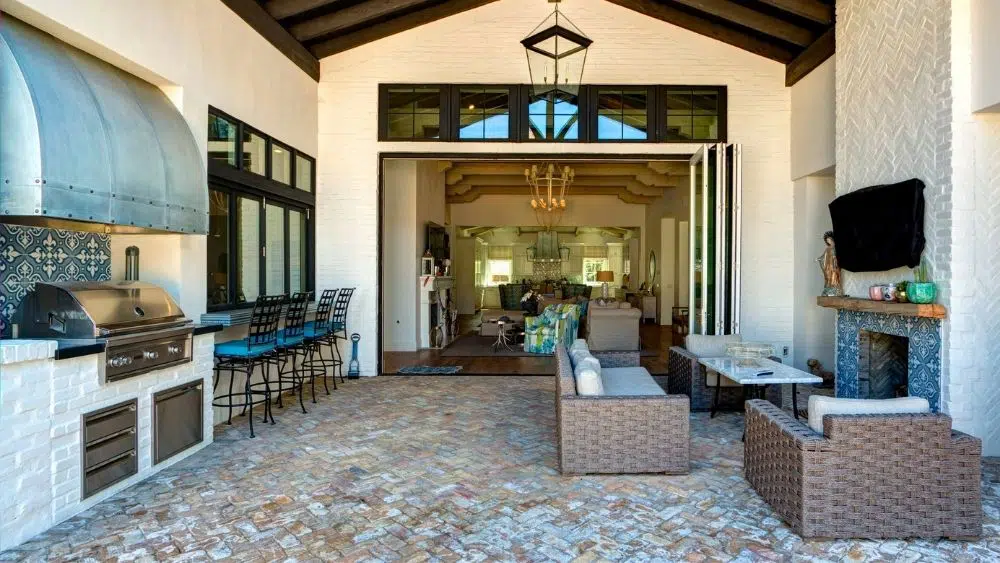
A pass-through window is one that either slides, folds, or cranks open and closed. These are best for areas that need easy indoor-outdoor access. These can be a great option to add to your outdoor deck. Pass-through windows can serve as an opening to an indoor-outdoor bar top.
Transom Windows
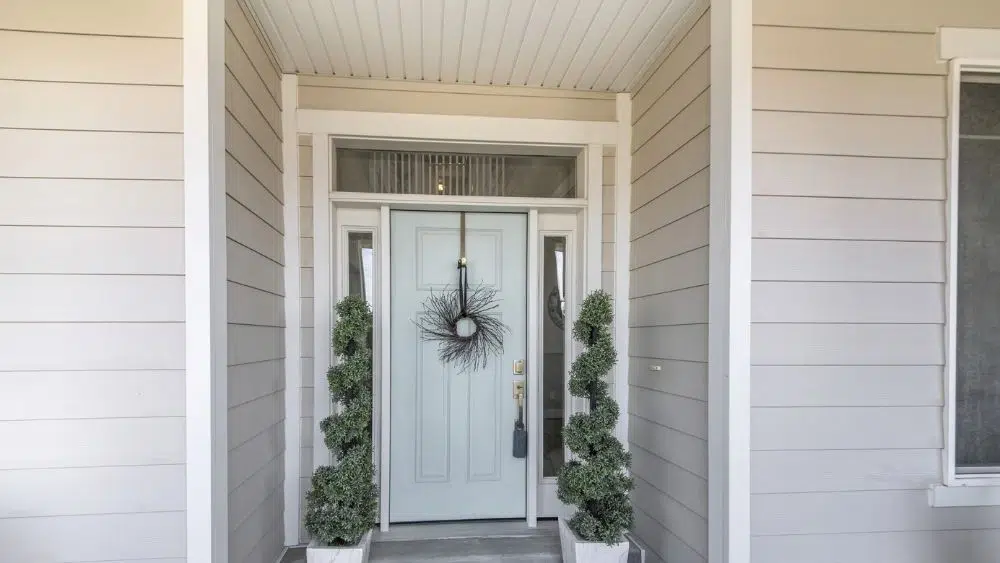
Transom windows are interesting because they are only put in one location: over your door! Transom windows are the long horizontal windows that you see overarching many doorways. They are a great way to provide extra light into your home (without sacrificing privacy, since they’re so high).
Arched Windows
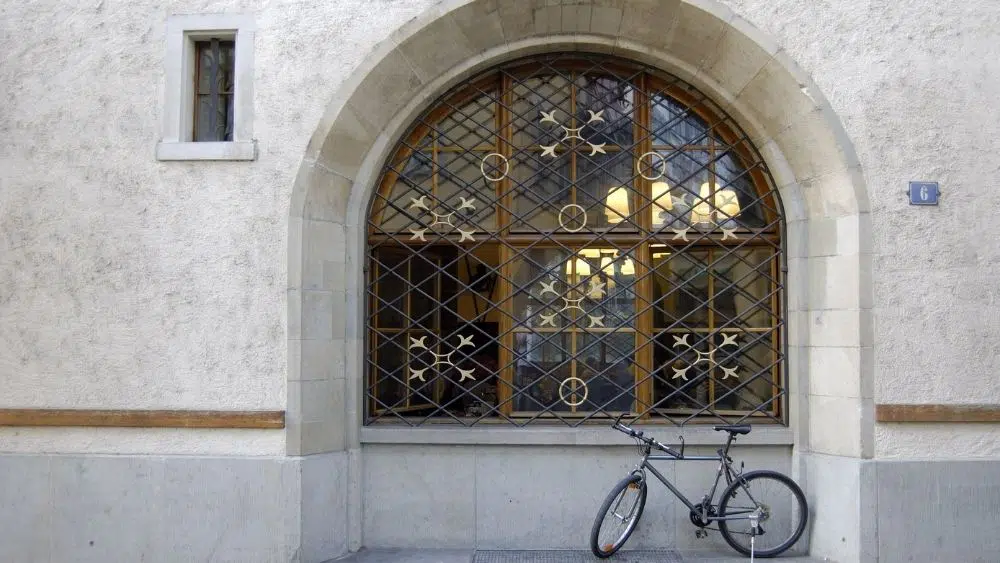
Arched windows are square at the bottom and arched on the top, just like the name says. Stylistically, they’re a fun alternative to standard rectangle windows; however, they are tricky to install and can cost more. Arched windows are very versatile and give you options to add design to your interior and exterior.
Glass Block Windows
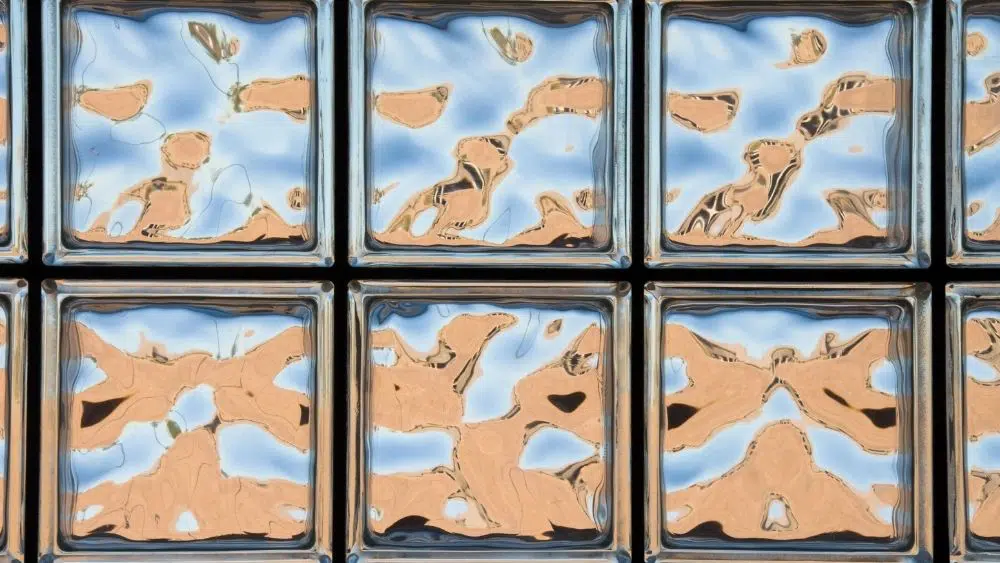
Glass block windows are most commonly used in basements and bathrooms. They are thick blocks of opaque glass grouped together to allow for additional light into the room without sacrificing privacy.
Decorative Glass Windows

There are many types of decorative glass to choose from, such as frosted glass, patterned glass, and even digital art glass, to name a few. Decorative windows can add a touch of flair to any home.
Specialty Windows
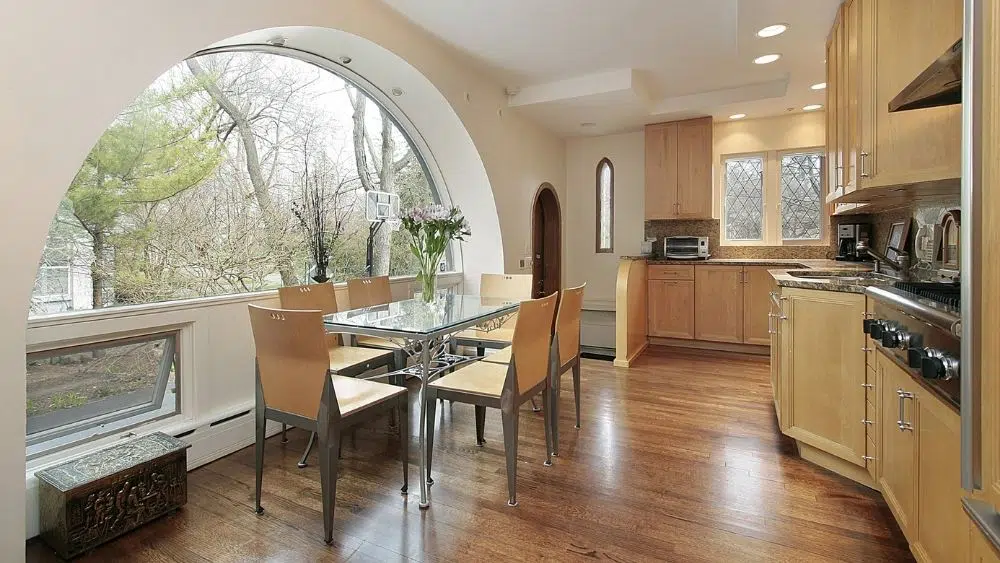
Specialty windows come in all different shapes and sizes. Specialty windows add a unique touch of flair to any house but tend to be more expensive than standard, clear-glass windows. Specialty windows can be a lot of fun and their unique shape can give your home a distinctive look.
Window Frame Materials
After you choose what style of windows you want, the next step is choosing the best window frame. There are four main types of material that are used for window frames: wood, vinyl, fiberglass, and aluminum.
Each type of material has its own advantages and disadvantages, both structurally and stylistically.
Wood Window Frames
Wood frames are durable and long-lasting when properly maintained. They have been used in homes for hundreds of years, well before any of the other window frame materials ever existed.
These frames are popular because they are easily paintable or, left as-is, they give you that nice wooden look to your windows. However, compared to other materials such as vinyl and fiberglass, wood frames are more expensive. And unlike their plastic counterparts, wood frames that are not properly maintained are susceptible to expansion or warping due to weather.
Vinyl Window Frames
Vinyl frames are affordable and good insulators, will not crack or peel, and are not susceptible to expansion and contraction. Vinyl is also a very versatile material. It comes in a lot of styles so you’re bound to find one that you love.
However, if you’re going for a painted or wood look, vinyl may not be for you.
Fiberglass Window Frames
This material option is less common but just as durable and simple to maintain as other options. Fiberglass windows are known to resist changes in weather better than other frame materials.
Although it is much more expensive than, say, vinyl, it won’t crack or peel, plus, it’s a great insulator. Additionally, it’s easy to customize with a coat of paint.
Aluminum Window Frames
These frames are very long-lasting. Aluminum is low maintenance and does well in most weather conditions. It is not susceptible to the problems that wood and fiberglass frames tend to have.
However, aluminum frames do not make the most energy-efficient windows, and they can be pricey – although still cheaper than most wood options.
Glass Types
There are many types of glass you can use in your home. The four most common glass types for home windows include: tempered, laminated, obscured, and Low-Emissivity (or Low-E) glass.
Tempered Glass
Tempered glass is also known as a safety glass – though, not to be confused with security glass. Tempered glass is a type of toughened glass that goes through a process of extreme heating and rapid cooling to become stronger than standard glass.
It is tough, but it is not the toughest option, and, therefore, should not be used purely for security measures. It is safer than most standard window glass and is commonly used in cars, shower and tub enclosures, and patios.
Laminated Glass
Laminated glass is made from two or more panes of annealed glass (glass that has been thermally treated and then slowly cooled to relieve any internal stresses; also known as standard glass) joined together by a layer of vinyl. The vinyl holds the glass together in case it breaks.
This glass is most often used in skylights, glass railings, and glass floors and is beneficial for soundproofing and screening of UV rays.
Obscure Glass
Obscure glass refers to a wide variety of designs such as frosted, patterned, or ribbed, each with a level of opaqueness or light diffusion. Obscure glass is used to create privacy in a room while also allowing in light.
Obscure glass is most commonly found in bathrooms but is also used throughout the home to create the feeling of a wall while allowing for a more open room.
Low-Emissivity Glass
Low-emissivity glass has a microscopically thin coating that can dramatically help energy efficiency. There are two types of Low-E coatings: passive (hard-coat) and solar control (soft-coat).
Passive Low-E coatings create the effect of passive heating, and reduce your home’s reliance on artificial heat, making hard-coat Low-E glass a great option for homes in cold climates. Solar control Low-E coatings limit the amount of heat that passes into your home and keep your home cooler, making soft-coat Low-E glass the prime choice for homes in warmer climates.
Plenty of Window Choices
Whether you’re looking for decorative or single-hung windows, the choice is yours no matter what with a new home. You can pick what type of glass and frames best suits your needs, whether that is stylistically or simply the most cost-effective.
They say that eyes are the windows to the soul, and windows are definitely the eyes to your home! So, have fun with it and choose whatever options work best for you and your new home.
 9 Most Affordable Cities in Kentucky
9 Most Affordable Cities in Kentucky